Claves
Conoce a los ganadores del Sony World Photography Awards 2016
Por Kevin Morán
Publicado el 24 de abril del 2016
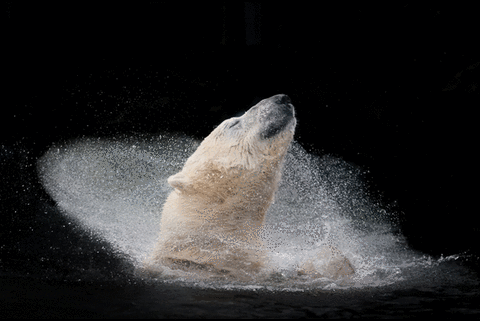
Lo mejor de la fotografía profesional y aficionada fue presentado por el concurso global de fotografía de Sony. La organización publicó una lista con los primeros puestos de cada categoría, y todos inspiran.
Los Sony World Photography Awards se dividen en tres categorías principales: Professional (Profesional), Open (Abierto), y Youth (Joven).
La categoría Profesional se descompone aún más en 14 categorías, de las cuales 7 son consideradas “arte” y 7 de los cuales son considerados “documental”.
El sitio web del certamen tiene organizado el material de manera que se reconozcan fácilmente el primer, segundo y tercer lugar.
Esta es la fotografía del año. Le pertenece a Asghar Khamesh, quien presentó retratos impactantes de las víctimas de ataques con ácido. La serie completa no es para las personas susceptibles.
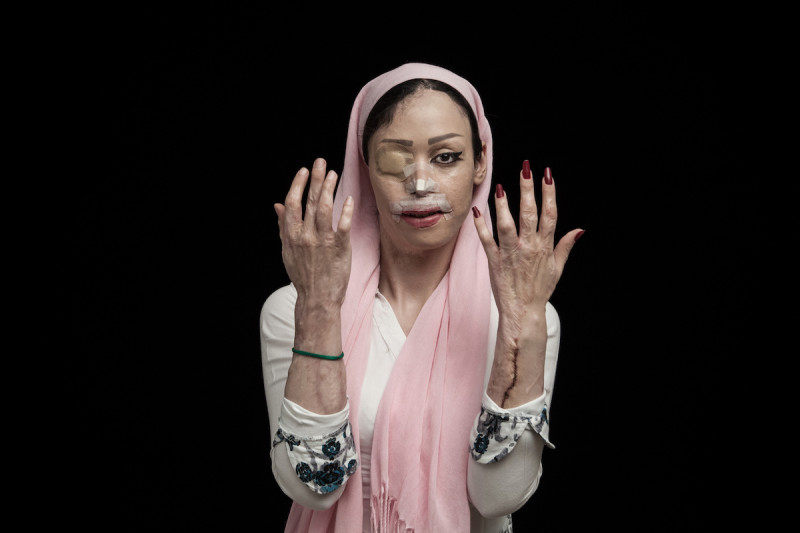
Profesional “Arte”.
Arquitectura – Amelie Labourdette
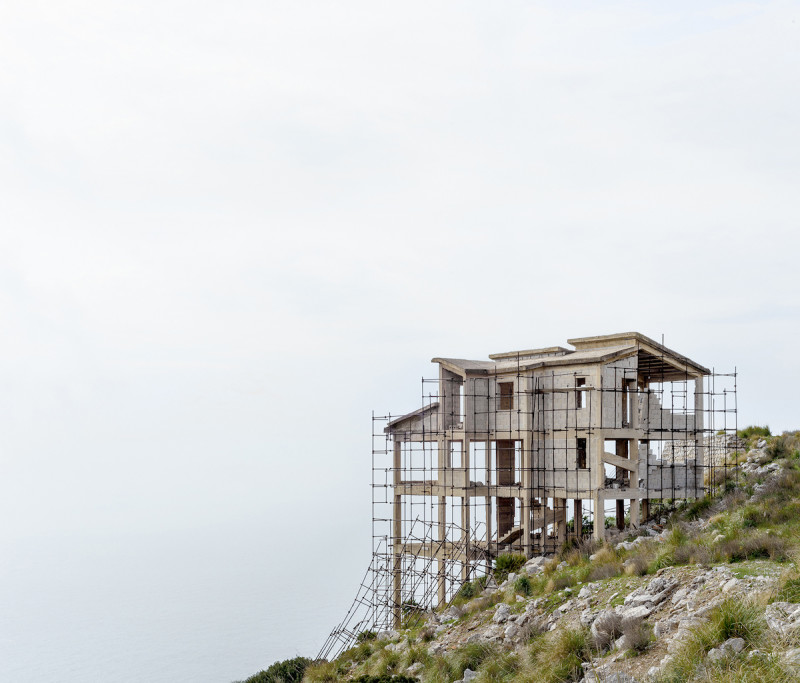
Profesional – Documental
Current Affairs – Angelos Tzortzinis
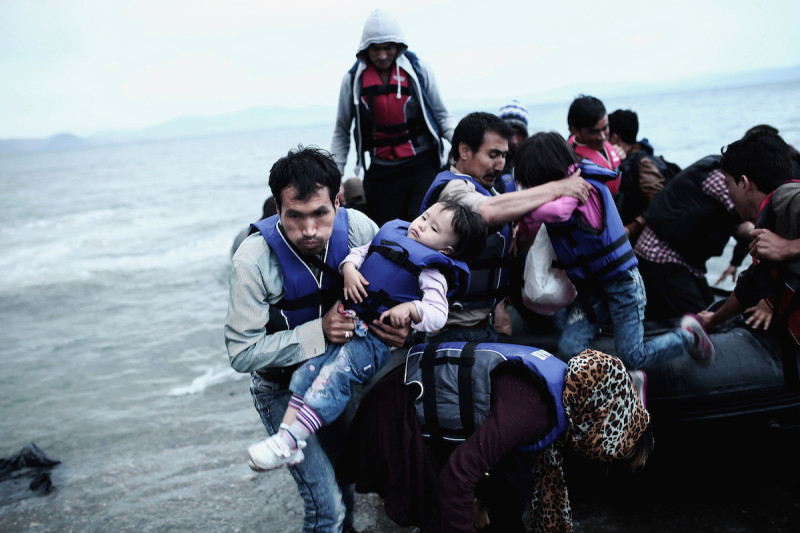
Open- Fotógrafo del Año. Kei Nomiyama, Japón.
![The season of a firefly comes around in Japan at the beginning of a rainy season. This firefly is a species called Luciola parvula, and repeats blink. [Hime-HOTARU] Call a firefly in Japan. This species flies in the beautiful forest. In particular, the firefly in bamboo forest is valuable. The population of these firefly decreases every year in Japan. These may be influence by environmental destruction. This picture was taken under a little moonlight.](https://www.clasesdeperiodismo.com/wp-content/uploads/2016/04/Jap%C3%B3n.jpg)
El fotógrafo Joven del Año- Sam Delaware, Estados Unidos
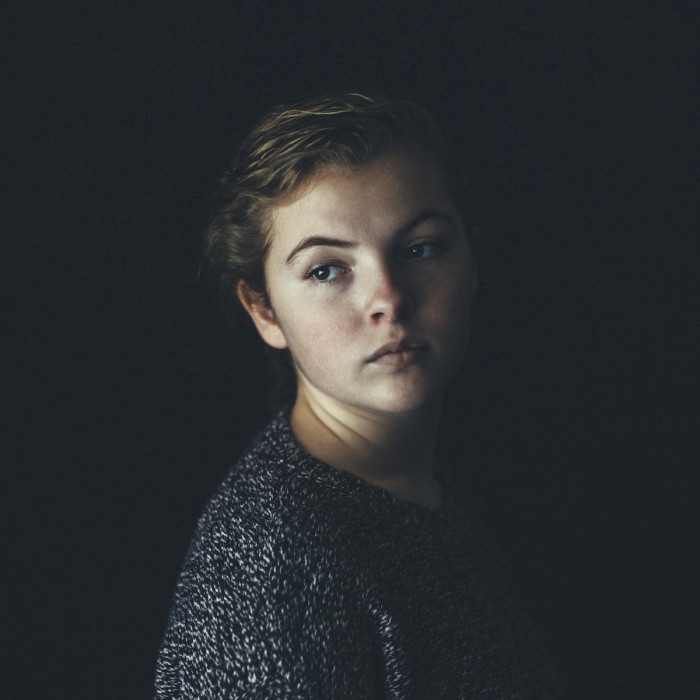
Publicado por:
Kevin Morán
Periodista especializado en social media y comunicación política. Colaborador de Clases de Periodismo. Estoy en las redes sociales como @Kevac11
Sígueme
COMPATIR EN REDES
NOTICIAS RELACIONADAS
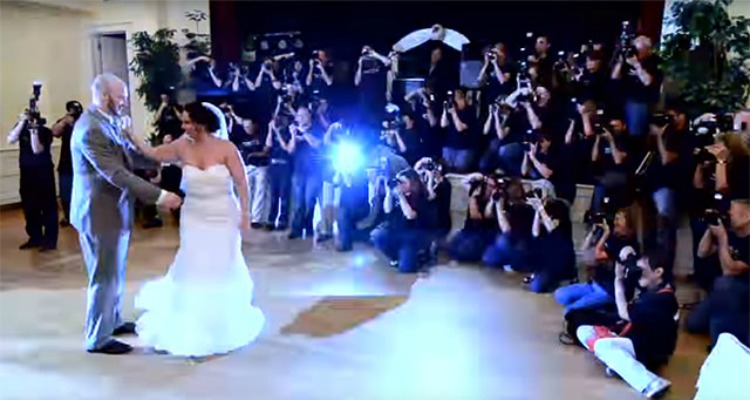
Así se realiza un flash mob con 100 fotógrafos
Los fotógrafos siempre son parte de sucesos fantásticos.
19-01-16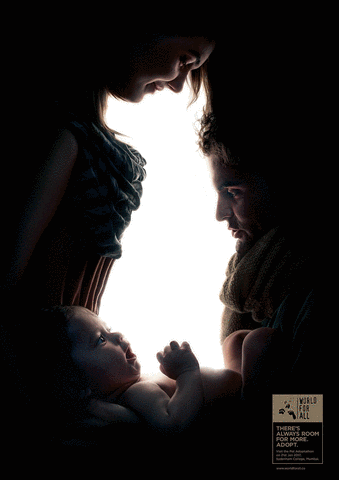
Estas fotografías usan la ilusión óptica para promover la adopción de animales
La fotografía puede ser usada para promover grandes causas, como la adopción de animales.
18-04-17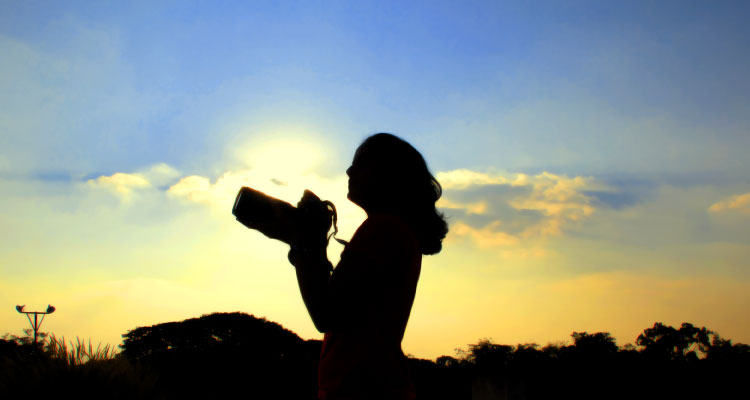
Esta web expone fotografías de mujeres en todo el mundo
WomenInPhotography es un espacio dedicado a exponer el trabajo de las mujeres fotógrafas de todo el mundo. El sitio contiene entrevistas y mucha información sobre los trabajos que realizan.
28-02-16